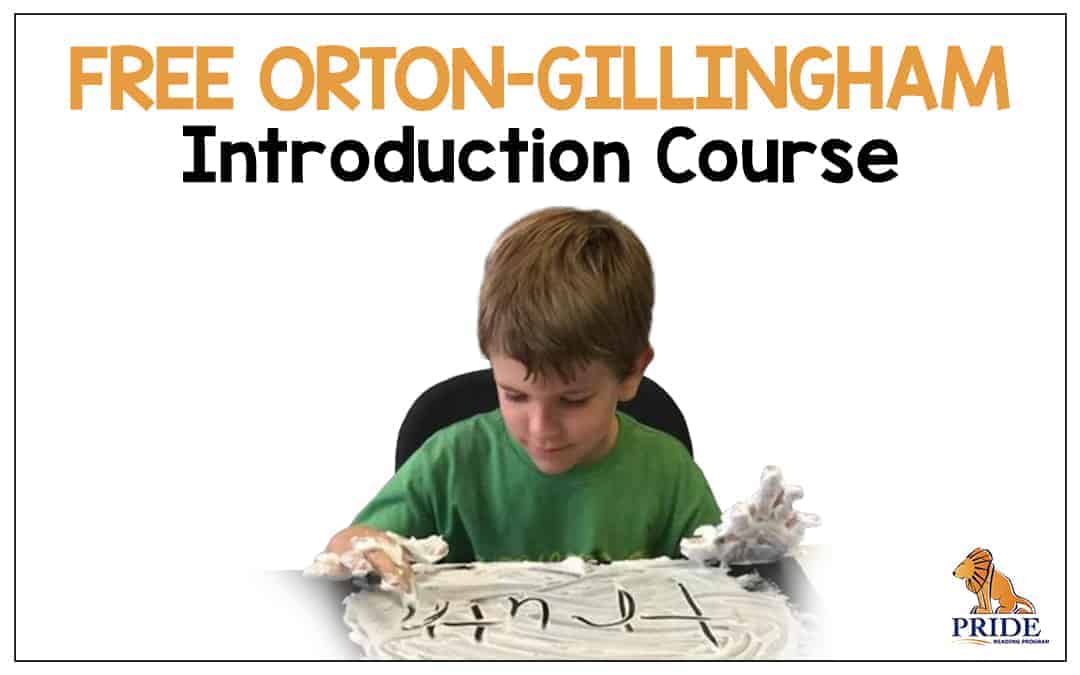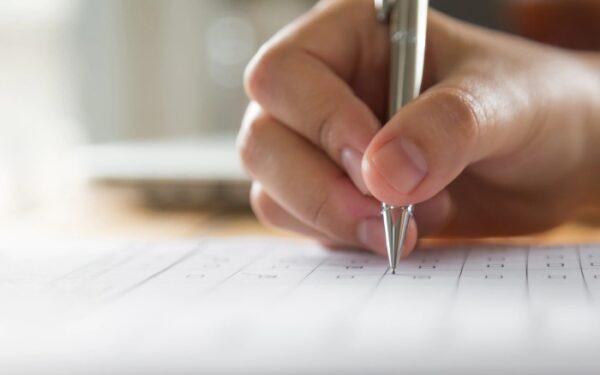How Does Orton-Gillingham Training Help Teachers?

It is a highly effective way to educate and remediate language-based learning difficulties such as dyslexia. The OG Method is a structured, sequential, multisensory approach to teaching language. It was developed by Dr. Samuel Orton and his colleagues at Columbia University in the 1920s and 1930s, using evidence-based strategies successfully applied to teach adults with learning disabilities since the 19th century.
Highly Effective Way to Educate and Remediate Language-Based Learning Difficulties.
Orton Gillingham training for teachers is a highly effective way to educate and remediate language-based learning difficulties among children. The OG method is a structured, sequential, multisensory approach to teaching language. It’s used as a comprehensive educational methodology that can help people learn how to read by breaking down complex skills into smaller components for more accessible learning.
Orton Gillingham teachers are trained in the OG method and can support students who struggle with dyslexia or other reading difficulties (including students with autism). They also work with students who have attention deficit hyperactivity disorder, developmental disabilities, and other conditions that impair their ability to process and use information efficiently.
There are two types of Orton-Gillingham trainers: those who teach teachers how to use the methods with their own students and train other professionals on how to use OG tools effectively in their classrooms or practices.
The Method Helps Teachers Broaden Their Classroom Skills
Orton Gillingham’s training for teachers broadens their classroom skills. Teachers who have received OG training have reported an increased ability to teach other subjects and improved organization and discipline in the classroom. This will allow you to expand your repertoire of strategies and techniques, which can help you be a more effective teacher overall.
In addition to helping with everything mentioned above, this training will help teachers become better educators overall by providing them with more tools for use in the classroom. With these new skills, teachers will feel more confident knowing they can manage and educate their students effectively while remaining organized.
Trainers and Instructors Have Different Roles
OG trainers and instructors have different roles. Trainers are qualified to teach the Orton-Gillingham method, while instructors are qualified to provide OG training for teachers.
The difference is essential because a trainer has more experience with the method than an instructor does. This means that a trainer can give you a better understanding of how the system works and how it will benefit your students.
Most Trained Teachers Work in Special Education Classrooms or One-on-One Settings
Most teachers who underwent Orton-Gillingham training for teachers work in special education classrooms or one-on-one settings. However, instructors can also use the approach to help students with dyslexia or other learning disabilities.
It is a structured, sequential, multisensory approach to teaching language that works on many levels at once. By using this method, teachers can help their students learn to read and write more effectively by focusing on accuracy, speed, and understanding of each word. The OG training can also help teachers broaden their classroom skills by helping them understand how different types of learners learn best; this will allow them to accommodate all types of learners in their classroom.
Teachers Can Help Students With Language-Based Learning Disorders
Teachers who learn Orton-Gillingham techniques can better help students with language-based learning disorders like dyslexia. The following is a brief overview of how teachers can apply OG methods in the classroom:
- Teachers need to know how to use the OG method effectively, which includes learning the alphabet and phonetic sounds. They also need to be able to recognize signs of dyslexia in their students, which may include difficulties reading single words or sentences at a time, as well as a slow reading rate and poor eye contact while reading aloud or listening.
- After learning this information, teachers should practice teaching these skills using lesson plans that emphasize repetition through guided instruction and use books containing large print, easy-to-read text that includes illustrations or photos rather than just words (eBook versions of eBooks tend not only cost less money but also require less paper). When working one-on-one with individual students who struggle with dyslexia and other language-based learning disorders such as auditory processing disorder (APD), teachers should focus on helping them learn about phonics before moving on towards fluency building activities such as reading aloud at home every night before getting into bed.”
